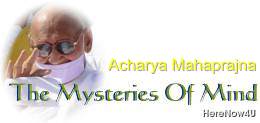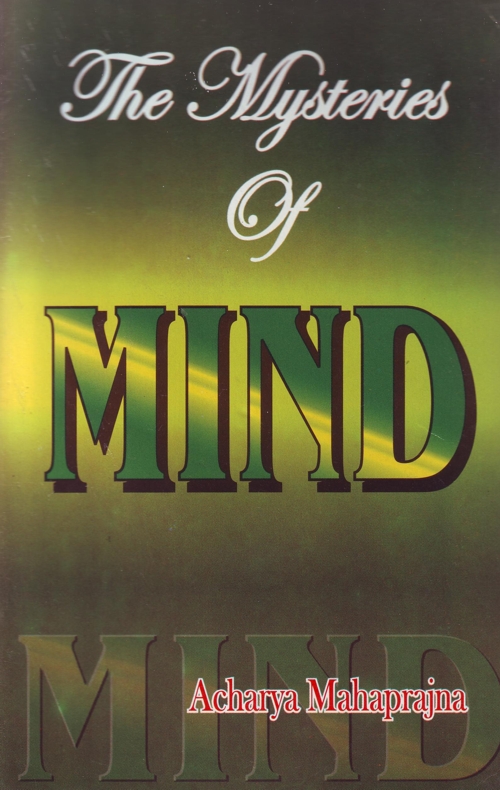
We believe that our bodies are solid. Every solid object, if it rises above the ground, makes us wonder-struck. But if we examined the so-called solid objects, we will find that they are not solid. Cold and heat will not penetrate into a body, which is solid. A solid body does not sweat. The entire universe, not to speak of the human body, can be hammered into a small ball. There are very few solid things in the world. Our bodies are composed of innumerable atoms. There is empty space between every two atoms. We experience this in the course of perceptive meditation. Once the gains of our meditative exercises have been consolidated, we would come to know that the human body is not solid. It is like a mass of cotton or like a mass of sea-foam. The idea that our body is solid will appear to be false if in our perceptive meditation we have begun to concentrate only once on a single cell of the body. The concepts of the solidness and identity of the body break down as soon as we have achieved substantial progress, in our exercises. These exercises make the body light, so much so that it becomes capable of lifting itself above the ground on which we are sitting. Here there is no miracle.
There are eight kinds of touch: cold - warm, smooth - rough, light - heavy and hard - soft. Out of these, smooth - rough and cold - warm are basic touches. The remaining four are produced by combinations. Lightness and heaviness are not the natural characteristics of objects. They are products of physical combinations. Gross combinations of atoms and our experiences thereof produce the feelings of lightness and weight. Once the combinations are changed, lightness and weight will disappear. Bigness or smallness or lightness or weight are not the basic characteristics of physical objects. Therefore, we should not wonder if an object raises itself up in the air. Magicians produce several kinds of miracles. These appear to be miracles to those who do not know the art of magic. Even ordinary men, who have mastered some of the rules of the art of magic, can produce these so-called miracles.
If you wrote something on a white sheet of paper with a cer tain kind of chemical fluid, the characters of your writing will not be visible. But as soon the paper has been soaked in water, they will become distinctly visible. This may appear to be a miracle, but anyone who knows the rules of the game will not think so.
The first kindling of fire in primitive times must have appeared to be a miracle. Men who stood before it might have wondered how there were light and heat in the fire. They might have thought the kindling and extinguishing of fire to be miracles. For us, however, there is no miracle in them.
Meditation does not produce miracles. Sadhana is not a matter of wonder. Self-exertion is not a magical practice. They are practices according to the rules of nature. Those who have understood the nature of the soul, of bodily energy and the instruments of sadhana know how nature works through them. As the ordinary man is ignorant of these rules, he takes them to be miracles.
Yoga is not a miracle, but a rational and simple process of spiritual progress. There is nothing supernatural or unnatural about it. Everyone has a tongue, speech and body and he works with these mediums. What the practitioner needs to know is the causes and methods by which dormant energy can be aroused. He has to render a sort of 'operation' of those causes, which keep energy dormant and ineffective. Once these causes have been removed and their 'operation' has been carried out a state of physical and mental balance will be achieved and that is yoga.
The human body is extremely useful. But the practitioner need not always bank on the body for yogic purpose. Ultimately he has to abandon the body. What is, therefore, required is a balance between the use of the body and its abandonment
You have to speak as well as remain silent. You have to maintain a balance between the two in sadhana. This applies to the mind and thinking also. Yoga is the striking of a balance. This balance kindles energy and stops its unnecessary expenditure. Inaction stops the waste of energy and brings about an increase in it.
The arousing of energy means two things:
- Acquaintance with one's inherent powers, which are very subtle
and - A balance between the sources of energy.
 Acharya Mahaprajna
Acharya Mahaprajna

